There’s nothing wrong with being new to your home—but there are a few telltale signs that shout “just moved in!” louder than the bubble wrap in your recycling bin. From mismatched furniture to those still-hanging builder-grade light fixtures, certain design decisions can give away your recent move instantly. It’s not about judgment—everyone starts somewhere—but if you’re looking to make your space feel more lived-in (and less like a showroom or a rental), a few strategic updates can make all the difference. Here are 15 design choices that make it clear you’re the new kid on the block.
1. Paper shades or no window treatments at all
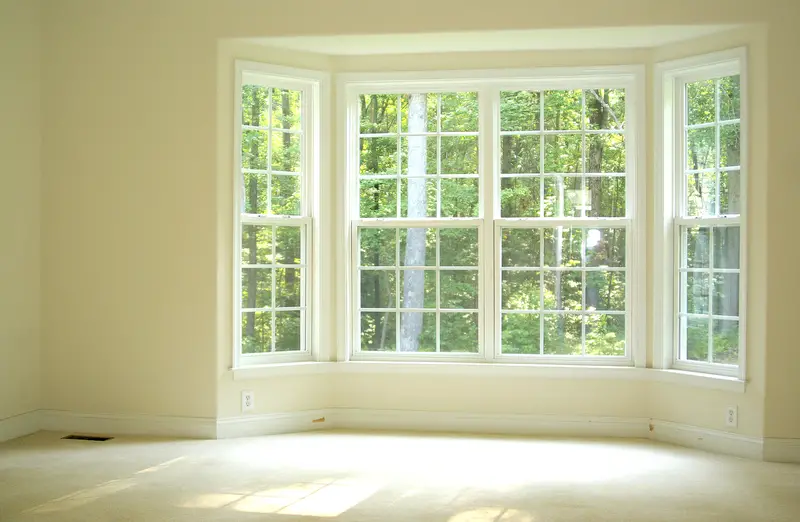
Temporary paper blinds are a common go-to during the early days in a new house, but if they’re still up after a few months, they give you away. They’re inexpensive and fast, but they also signal you haven’t had time (or budget) to add permanent window treatments. According to Realtor.com, one of the biggest clues a home is recently purchased is the absence of finished window décor, which also affects how “warm” or “finished” a room feels. And if your windows are totally bare, they can feel oddly exposed and sterile.
Window treatments are like clothing for your windows—bare windows feel unfinished, and those paper shades aren’t exactly high fashion. Even basic curtains from IKEA or Target can soften a room and make it feel lived-in. Bonus: they help with insulation and privacy, too. Waiting too long can delay that “ahhh, I’m home” feeling every time you walk in the door.
2. A sea of beige or builder white
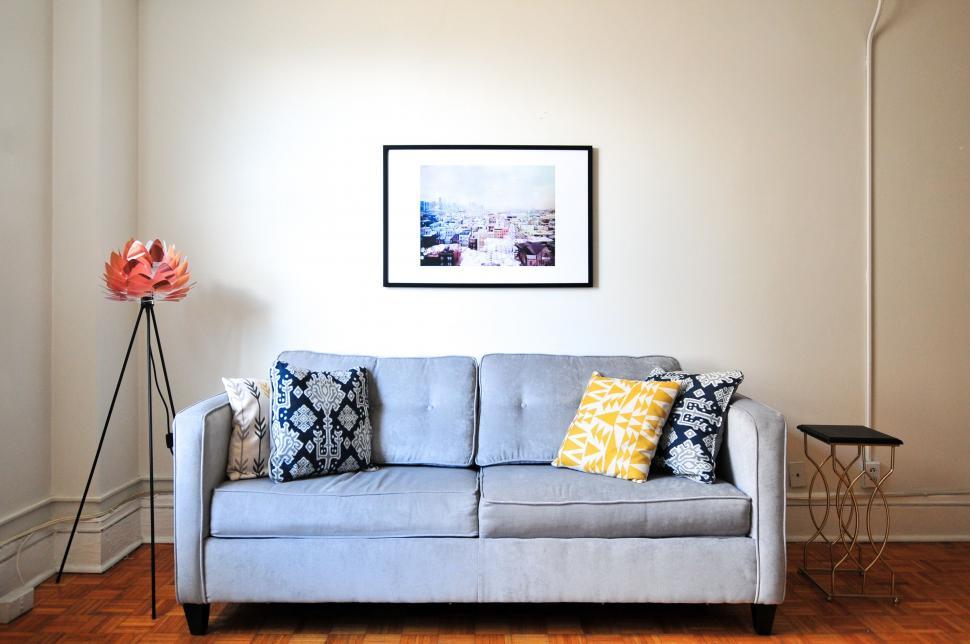
Many homes hit the market with all-white or beige walls, and buyers often leave them that way for months after closing. According to Zillow, new construction and recently flipped homes often lean into “safe” neutral paint colors to appeal to broad tastes—but leaving them unchanged screams “default setting.” It’s not a design crime, but it doesn’t show any personal style either. A wall of pure beige isn’t fooling anyone—it’s practically the real estate version of training wheels.
Paint is one of the most budget-friendly ways to personalize a space. Even a soft green or navy accent wall instantly breaks the “builder beige” spell. Picking a color doesn’t just add style—it shows confidence in your vision for your home. And it doesn’t have to be bold to be intentional.
3. Too much matching furniture
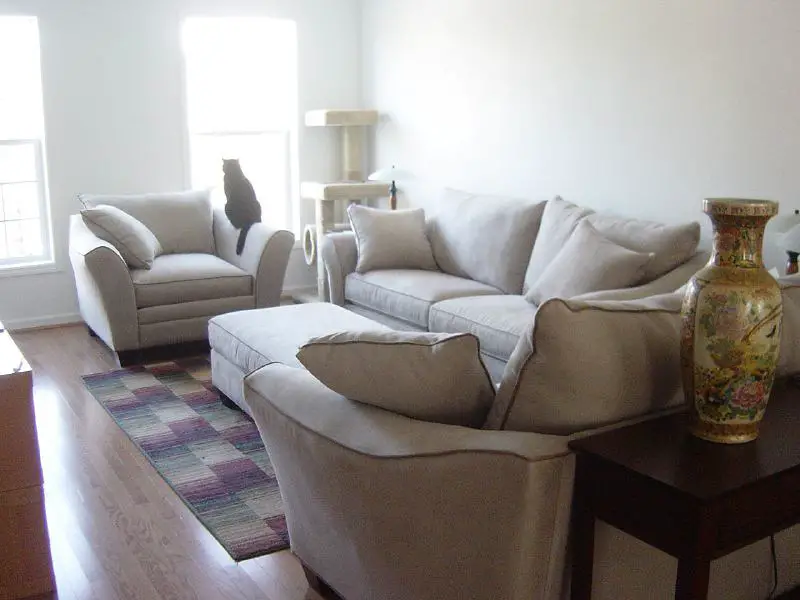
When every piece in a room matches perfectly, it often means the furniture was bought as a single set—something first-time or just-moved-in homeowners are especially prone to do. As noted by Forbes, “matchy-matchy” furniture sets can make a room feel like a showroom instead of a home with depth and character. Yes, it’s convenient—but convenience often comes at the cost of personality. It makes everything feel like it arrived on one delivery truck, not collected and curated over time.
Interior designers recommend mixing styles and finishes to give your space visual interest and a more lived-in feel. A vintage nightstand next to a modern bed or a wooden coffee table paired with a velvet sofa adds instant richness. Even if your budget’s tight, sourcing a few secondhand or unique pieces can break up the monotony. The goal is harmony, not uniformity.
4. Artwork still leaning against walls

It’s completely understandable: you’ve just moved in, you’re unsure about furniture placement, and you’re not ready to commit to holes in the wall. But if artwork has been leaning against your walls for more than a few weeks, it starts to look more like a moving day scene than an intentional design choice. According to The Spruce, hung artwork adds vertical interest, balance, and polish to a room—while leaning pieces signal indecision or delay. Your art may be beautiful, but the floor isn’t the frame it deserves.
Hanging even a few pieces gives your home a sense of completion and intentionality. Start with anchors: a mirror in the entryway, a piece over the sofa, a gallery wall in the hallway. You don’t need to be an expert in feng shui to feel how much more “settled” the space becomes. Art on the wall = commitment to being home.
5. Over-reliance on overhead lighting
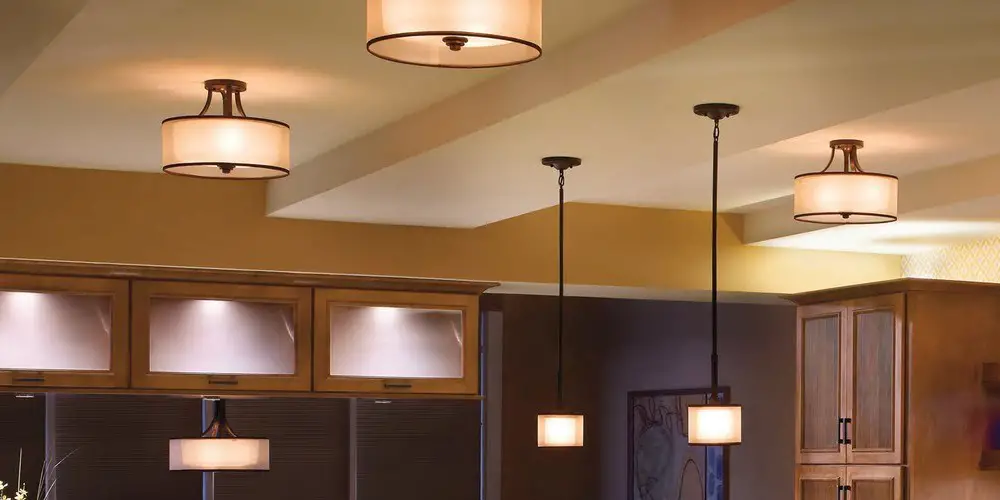
Ceiling fixtures are functional, but they’re rarely flattering on their own. If your home’s lighting plan starts and ends with a single overhead light per room, it probably still feels like a rental. Warmth comes from layers—lamps, sconces, and ambient lighting included.
When you’re just moving in, it’s easy to delay buying lamps or changing light fixtures. But lighting is one of the easiest ways to make a home feel cozy and intentional. A room with only overhead lighting can feel harsh and sterile. Add a few warm bulbs and lamps, and suddenly everything feels more inviting.
6. All the furniture pushed against the walls
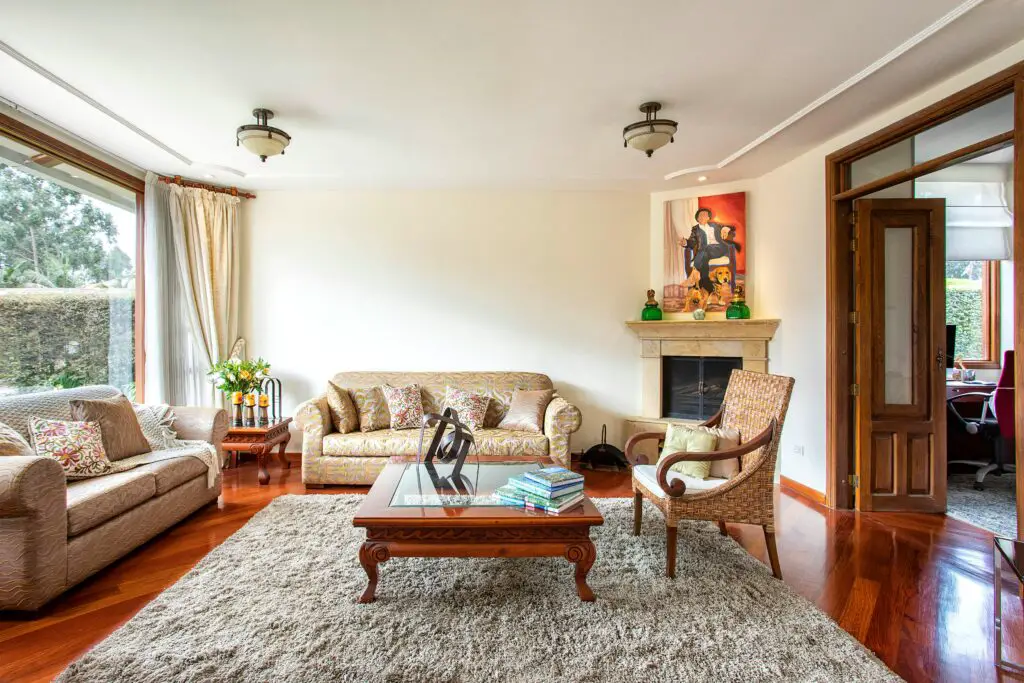
Many new homeowners default to a layout where every piece of furniture is hugging a wall. It can make a space feel bigger—but also strangely empty and disconnected. Without defined zones, especially in open-concept spaces, it can look unfinished.
Pulling furniture toward the center creates intimacy and flow. Grouping seating around a coffee table or rug instantly upgrades a room’s vibe. It shows that you’ve thought about how the space will be used. Empty center = empty vibe.
7. No rugs (or rugs that are way too small)
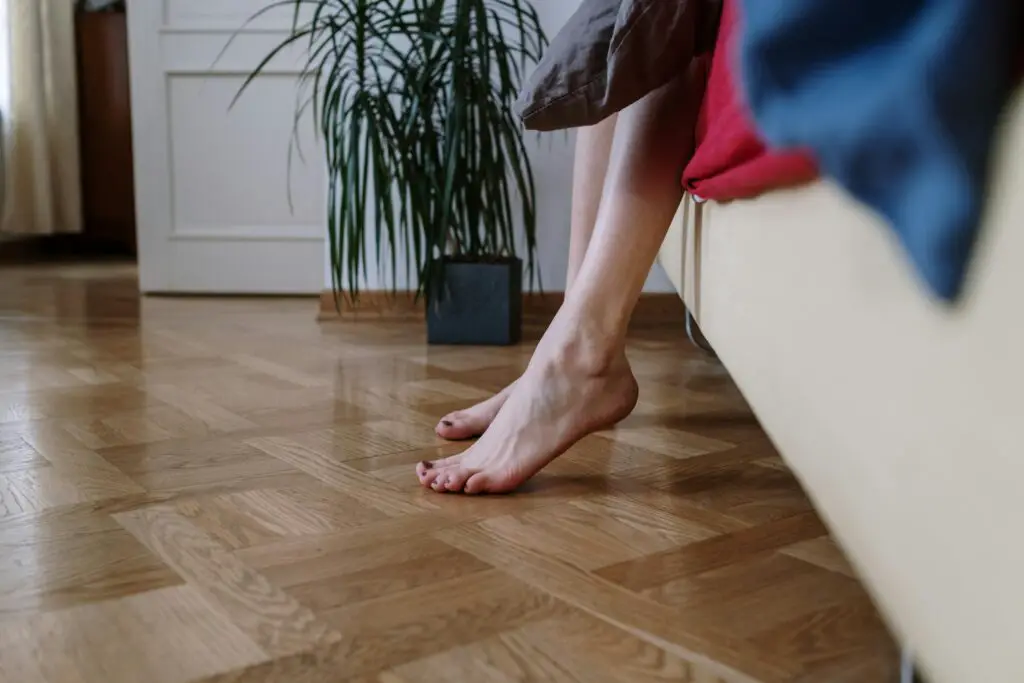
A room with no rugs often feels echoey and sparse, especially if you have hardwood or tile floors. It’s another early-homeowner sign: you haven’t found the right rug or decided on your layout. Worse still? Rugs that are far too small for the room they’re in.
A proper rug should anchor your furniture—not float awkwardly underneath a coffee table. It’s what visually ties a room together. Skipping rugs altogether can make the space feel cold or disconnected. Even an affordable option can go a long way toward making your home feel finished.
8. Identical finishes and fixtures everywhere
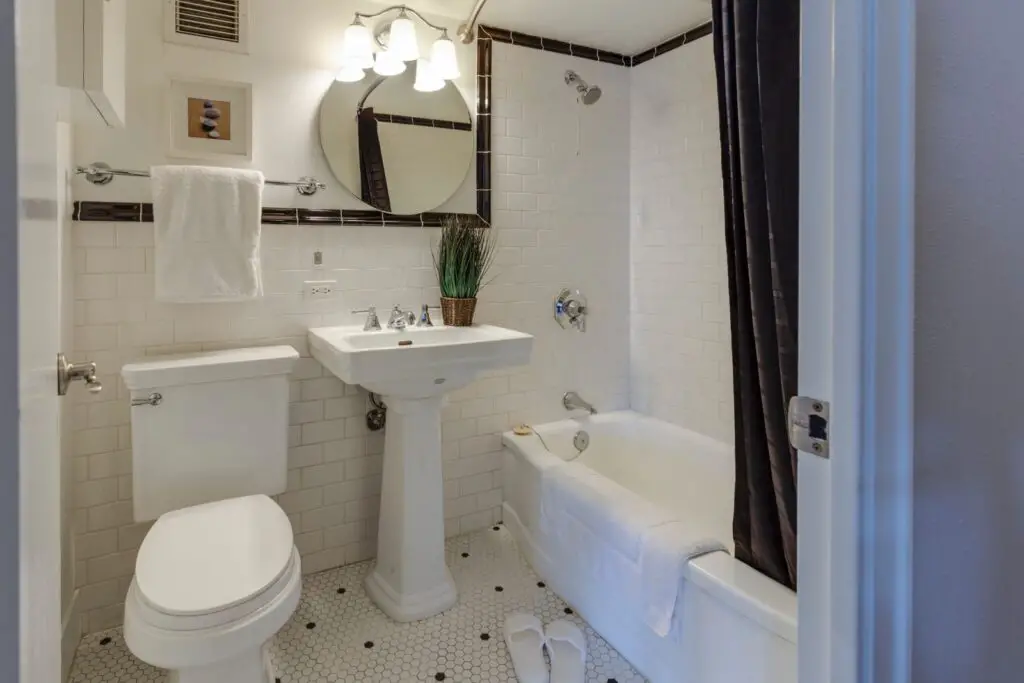
It’s tempting to go with one finish—like brushed nickel or matte black—for every single handle, faucet, and fixture in the house. While cohesion is good, too much uniformity feels like a default setting, not a design choice. It’s often a sign that nothing’s been swapped out from the builder-grade install.
Designers love mixing metals and finishes for a more layered, intentional look. You don’t need a full reno to swap out a few knobs or faucets. Mixing warm and cool tones can add visual interest fast. Matching everything perfectly? That’s for catalog photos, not real life.
9. Empty shelves or bookcases
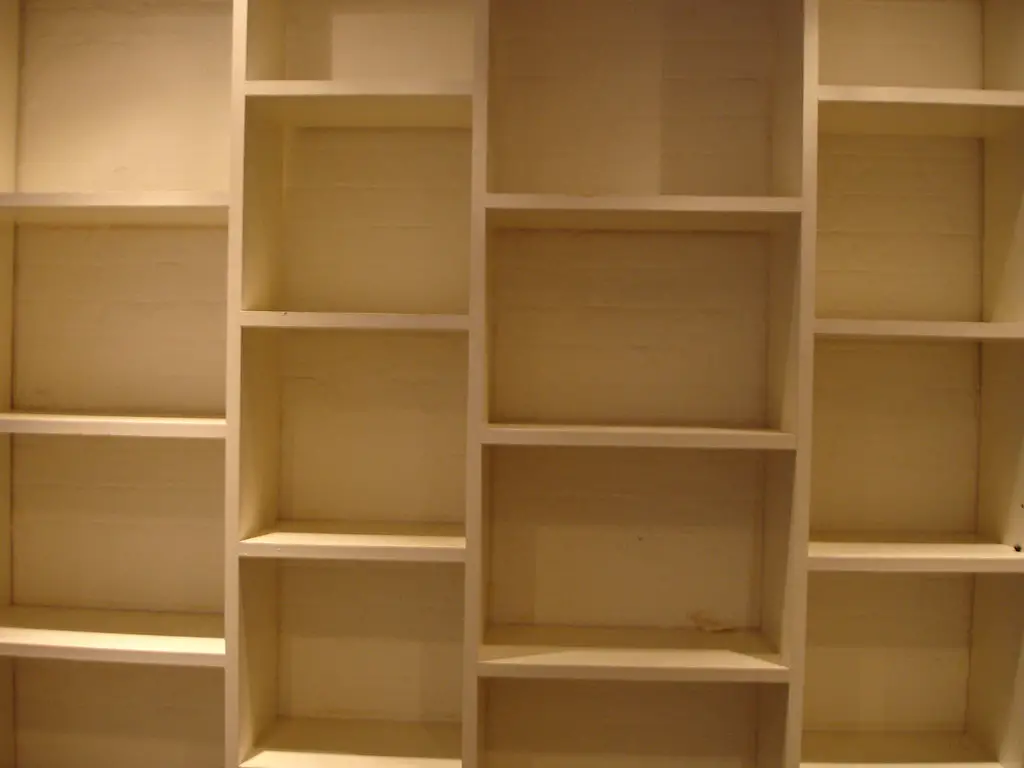
You finally have built-ins or a big bookcase—but it’s either totally empty or just filled with clutter. This often happens when you’re still figuring out what belongs where. But shelving is a huge opportunity to show personality and create visual balance.
Books, art, and personal mementos bring charm and dimension. Leaving shelves empty or cluttered can make your home feel transitional or unlived-in. Take it one shelf at a time—layer books, art, and décor. Soon it’ll look like you live there, not the previous owner.
10. Builder-grade light fixtures
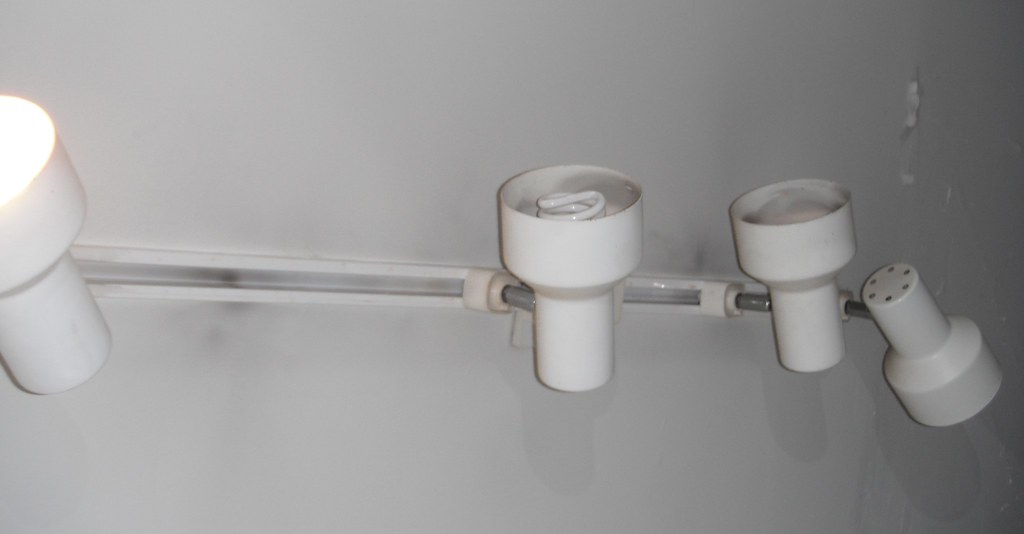
You know the ones: basic flush mounts, frosted domes, or boob lights as the internet lovingly calls them. These lights are functional but rarely stylish. If you haven’t updated the lighting, it’s a sign you haven’t gotten around to personalizing yet.
Replacing even one or two fixtures can dramatically change the tone of a space. It’s not just about looks—it’s about light quality and mood. Swapping out builder-grade for something with style is a small move that makes a big difference. Bye-bye basic, hello homey.
11. Empty walls
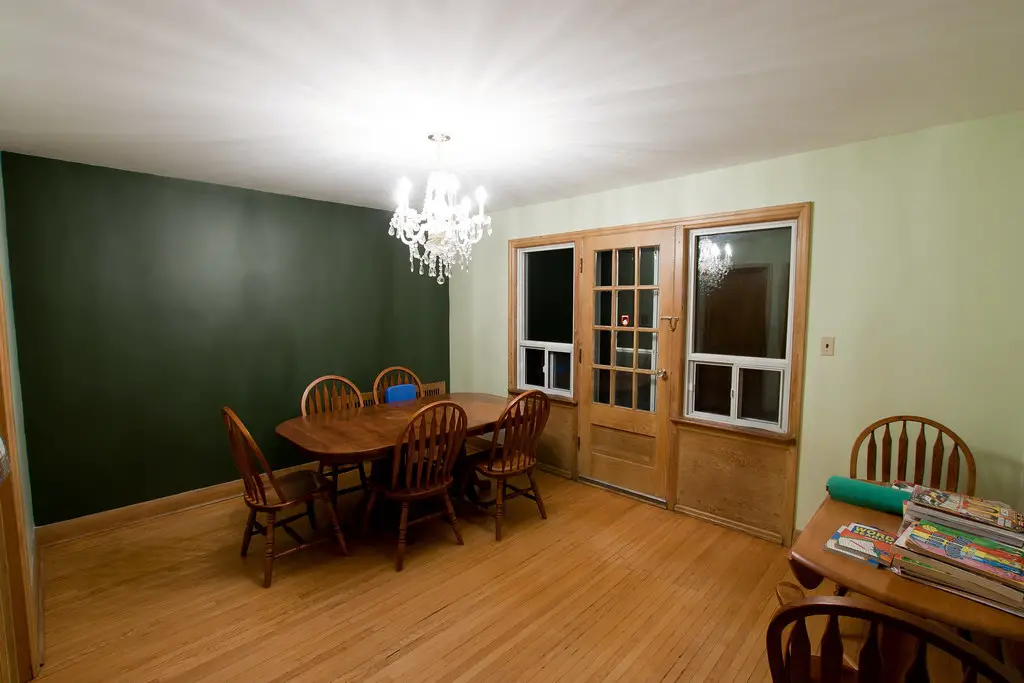
Blank walls might be clean, but they also feel clinical. It’s easy to delay hanging things when you’re unsure about placement or don’t want to make holes. But bare walls after several months usually signal hesitation or newness.
Art, mirrors, wallpaper, or even wall-mounted shelves can bring a room to life. And they don’t have to be expensive to be impactful. Even a $10 thrifted frame can make a difference. So break out the hammer—it’s time to commit.
12. Price tags still on the furniture
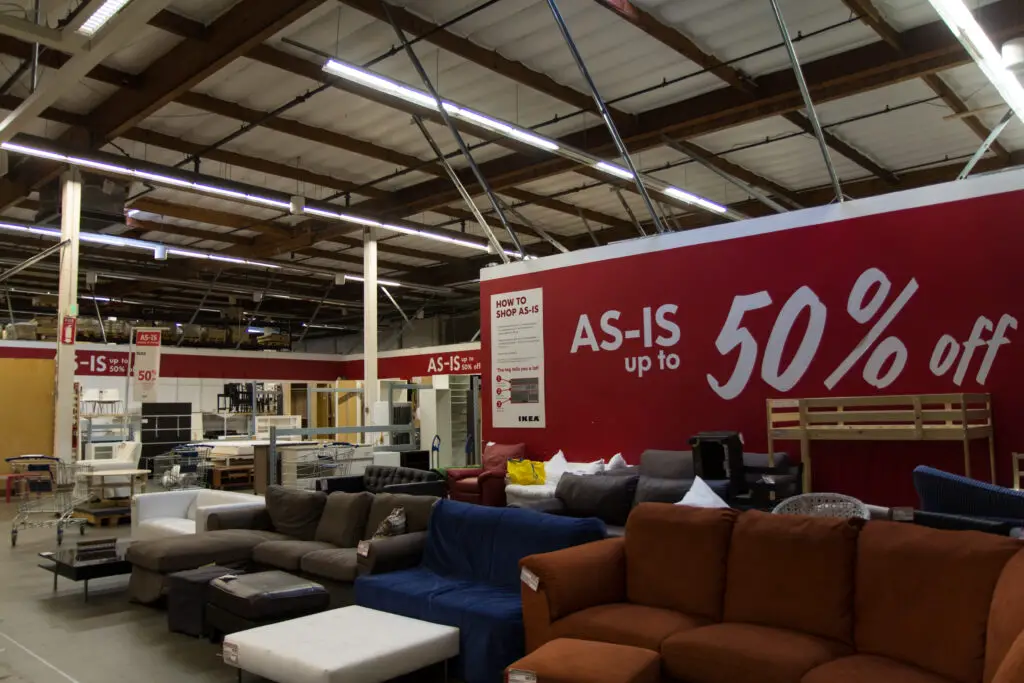
Whether it’s a protective sticker on a mirror or a barcode under a dining chair, those lingering tags say one thing: “I bought this last week.” It’s super common—you’re busy, it’s new, you forgot. But if you’re inviting people over? Snip those tags.
Removing tags helps your furniture feel like part of the home, not part of a showroom. It’s the equivalent of washing a new outfit before wearing it. Tiny detail, big impact. Especially when it’s still readable from across the room.
13. Generic artwork
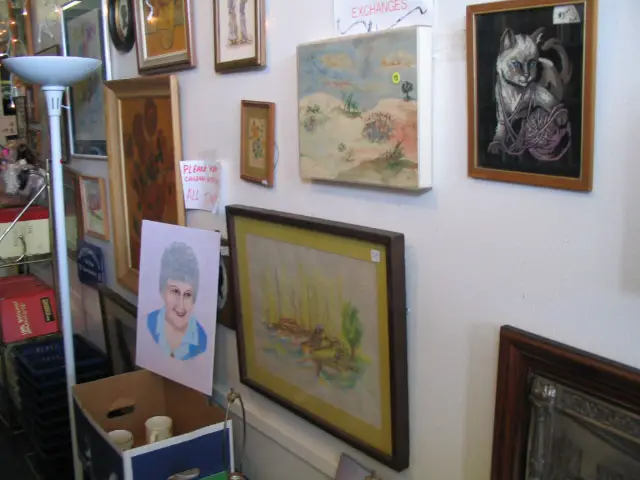
You’ve got a canvas print of a beach, a tree with metallic leaves, or a scripted quote about coffee—yep, we see you. These pieces are fine, but they’re the definition of placeholder art. They’re usually picked for speed, not love.
When you’re new to a home, it’s easy to grab something quick to fill a blank space. But over time, investing in art you actually connect with makes your home feel uniquely yours. That could mean local art, family photos, or vintage prints. Basically, if it looks like it came in a hotel, it’s time to upgrade.
14. Every room still has the same scent

Maybe it’s that fresh paint smell, the lingering scent of the last owners, or one generic candle you picked up at checkout. If every room smells the same—or worse, smells like nothing—it can subtly signal a space that’s still in transition. Scent is one of the strongest emotional ties to “home.”
Layering scent through candles, diffusers, or even fresh laundry creates a lived-in feel. It’s not about covering anything up, but about creating comfort. A cozy room that smells good just feels more inviting. And it’s one of the most affordable design tricks out there.
15. Unfinished rooms or closed-off doors
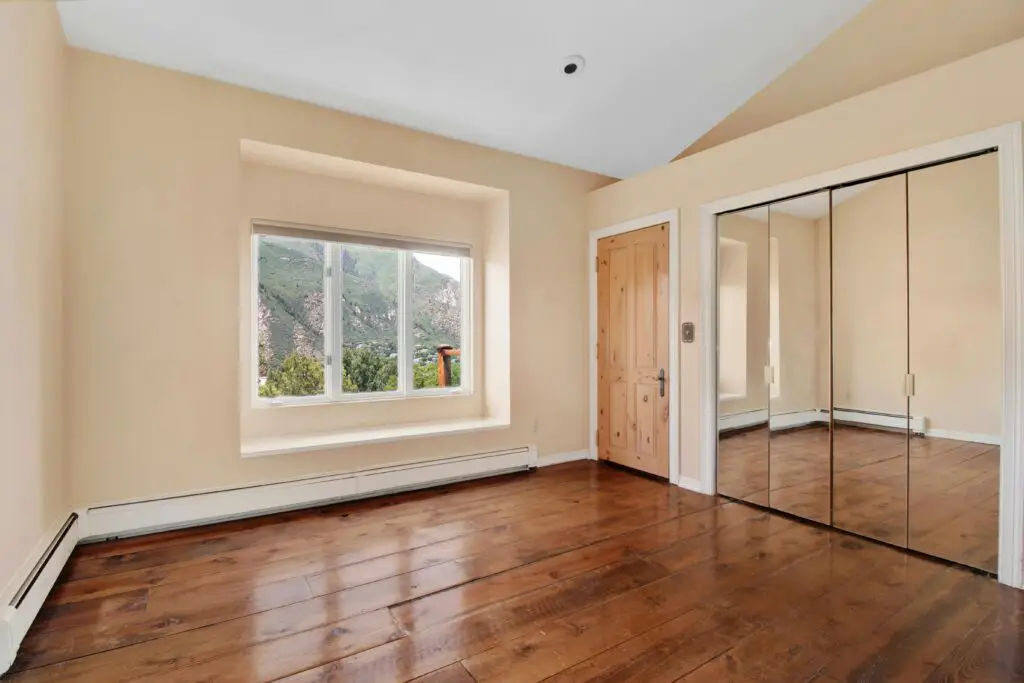
That spare room you haven’t touched since moving day? It’s easy to ignore it—but if the door’s always shut, it can make the whole house feel incomplete. Same goes for guest rooms with just a mattress on the floor or home offices doubling as box storage.
Every room doesn’t need to be perfect, but it helps if they’re usable. Unfinished spaces can interrupt the flow of a home. Even a basic rug and lamp can make a placeholder room feel intentional. It’s not about perfection—it’s about progress.
